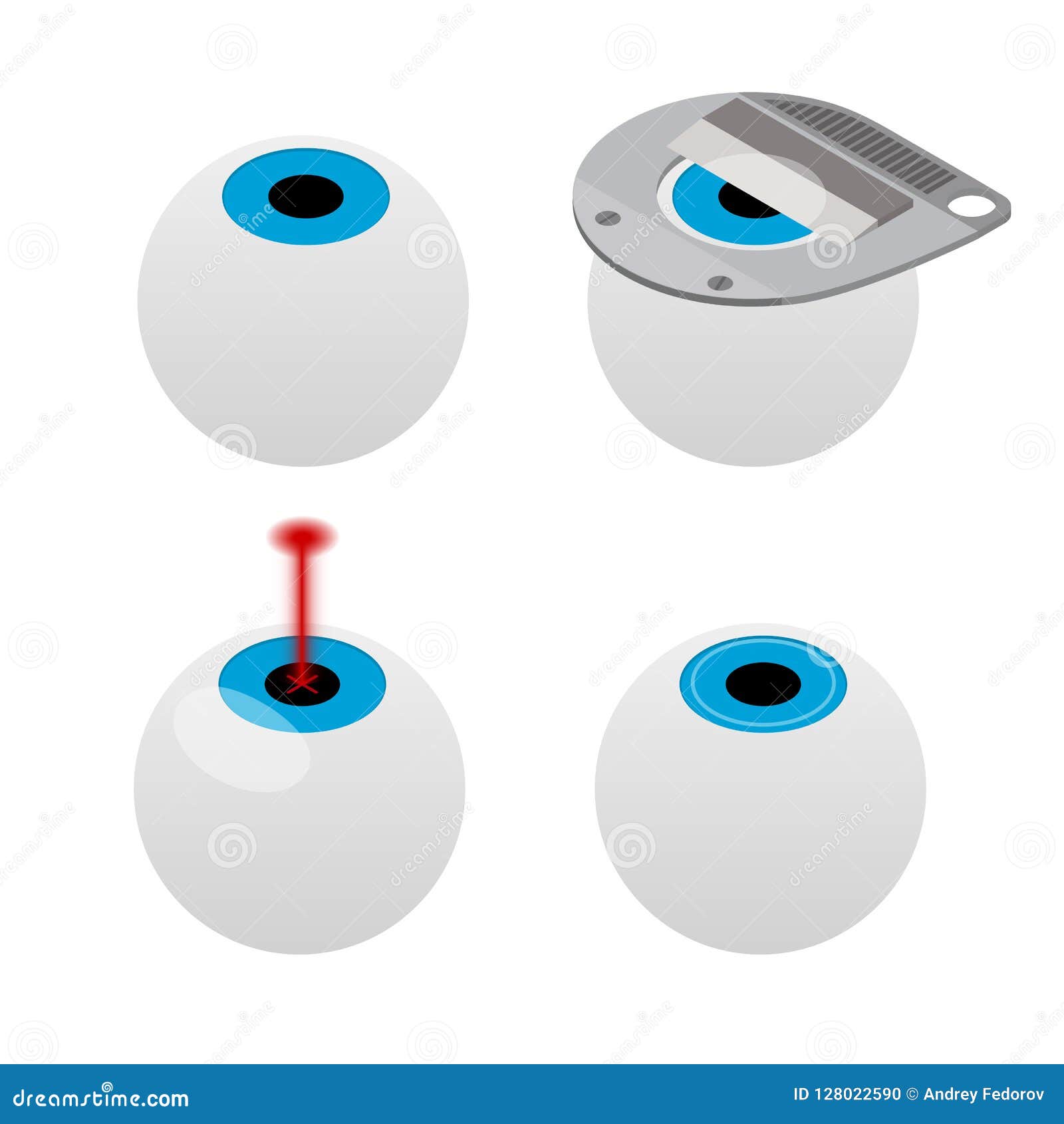Examining The Pros And Cons Of Conventional Cataract Surgery Compared To Laser-Assisted Techniques
Examining The Pros And Cons Of Conventional Cataract Surgery Compared To Laser-Assisted Techniques
Blog Article
Uploaded By-Ennis Bach
When considering the option between traditional cataract surgical treatment and laser-assisted strategies, you might find yourself weighing the benefits and drawbacks each method provides. The decision goes beyond the surface area level of expense and precision, diving right into the realm of long-lasting end results and individual contentment. As you browse through the intricacies of these two techniques, it becomes critical to recognize the nuanced information that can significantly impact your visual quality and general experience. Stay tuned to uncover the important elements that will lead your decision-making process in this crucial aspect of eye treatment.
Conventional Cataract Surgery Benefits And Drawbacks
When taking into consideration typical cataract surgical procedure, you may locate that it's a reputable and widely-used technique. In this treatment, a cosmetic surgeon makes a little cut in the eye and makes use of ultrasound to break up the over cast lens prior to removing it. Once the cataract is eliminated, an artificial lens is placed to bring back clear vision.
Among the main advantages of traditional cataract surgery is its performance history of success. Numerous clients have had their vision dramatically enhanced through this treatment. Additionally, conventional surgical treatment is often covered by insurance, making it a much more accessible choice for several individuals.
Nevertheless, there are some drawbacks to standard cataract surgery too. Healing time can be longer contrasted to newer strategies, and there's a slightly higher threat of complications such as infection or inflammation. Some patients might likewise experience astigmatism or need analysis glasses post-surgery.
Laser-Assisted Techniques Pros and Cons
Checking out laser-assisted strategies for cataract surgical treatment unveils a modern-day technique that makes use of laser technology to carry out vital steps in the procedure. One of the primary advantages of laser-assisted cataract surgical procedure is its precision. The laser allows for incredibly exact cuts, which can bring about better visual outcomes. In addition, making use of lasers can minimize the amount of ultrasound energy needed throughout the surgical procedure, possibly lowering the risk of issues such as corneal damages.
On the drawback, laser-assisted strategies can be much more costly compared to traditional techniques. This price mightn't be covered by insurance, making it less available to some individuals.
An additional factor to consider is that not all cataract surgeons are trained in laser innovation, which can restrict your choices for selecting a cosmetic surgeon.
Lastly, while Recommended Internet page can automate particular elements of the treatment, the surgery still calls for an experienced cosmetic surgeon to make sure successful results.
Comparative Analysis of Both Approaches
For an extensive understanding of cataract surgery techniques, it's necessary to perform a relative evaluation of both typical and laser-assisted approaches.
Typical cataract surgical treatment involves hand-operated lacerations and making use of handheld tools to separate and get rid of the gloomy lens.
On the other hand, laser-assisted cataract surgical treatment utilizes sophisticated innovation to develop specific lacerations and break up the cataract with laser power prior to removing it.
In regards to precision, laser-assisted techniques provide a higher level of precision contrasted to standard techniques. Making use of lasers permits personalization of the procedure based on each individual's eye anatomy, possibly causing better aesthetic outcomes.
However, laser-assisted cataract surgical treatment tends to be a lot more pricey than conventional surgical procedure, which may restrict ease of access for some clients.
While both approaches work in recovering vision damaged by cataracts, the choice in between typical and laser-assisted methods typically depends on factors such as price, accuracy, and private patient requirements.
Consulting with your ophthalmologist can help identify the most ideal strategy for your cataract surgical procedure.
Verdict
In conclusion, when deciding between traditional cataract surgery and laser-assisted strategies, think about factors like cost, precision, and individual demands. Conventional surgery uses a tested performance history and insurance coverage but may come with longer healing times. why laser cataract surgery -assisted methods supply greater precision and modification yet can be a lot more pricey and not always covered by insurance coverage. Inevitably, the option in between both approaches relies on what is most important to you and your specific situation.
